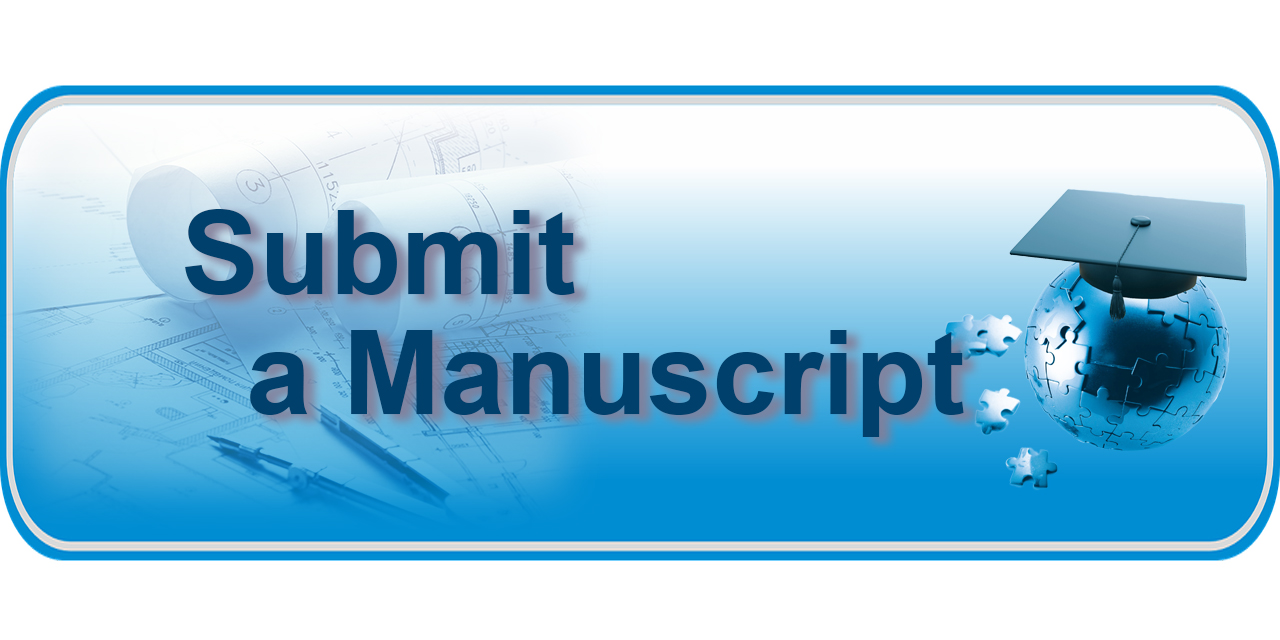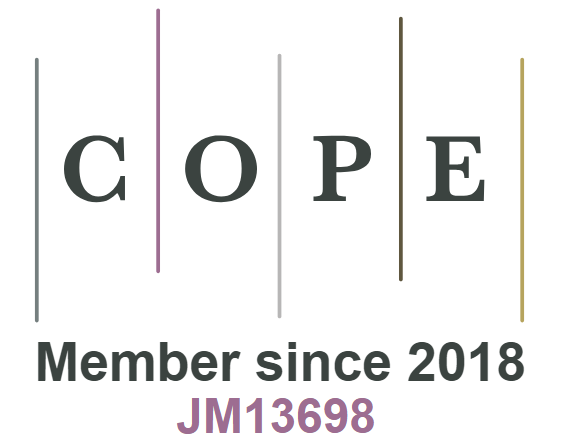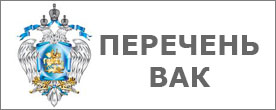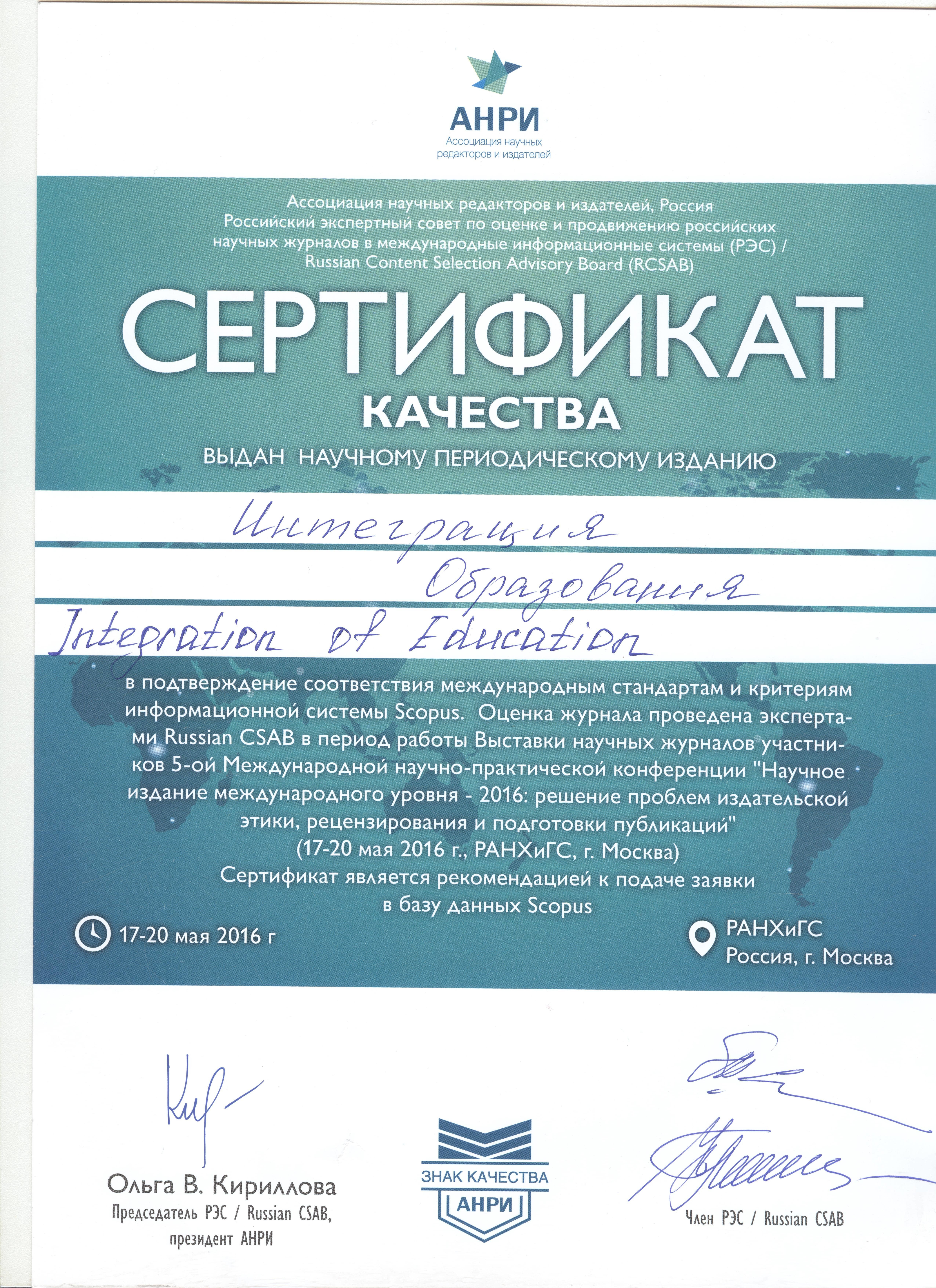UDK 37.091.212.7:811.111-057.875
DOI: 10.15507/1991-9468.100.024.202003.465-482
Correlation of Creativity and Academic Performance in English in STEM and Humanities Students
Irina E. Beliakova
доцент Associate Professor of the Department of English Philology and Translation Studies, University of Tyumen (6 Volodarsky St., Tyumen 625003, Russia), Ph.D. (Philology), ORCID: https://orcid.org/0000-0002-0805-8608, This email address is being protected from spambots. You need JavaScript enabled to view it.
Marina A. Kecherukova
Associate Professor of the Department of Foreign Languages, Industrial University of Tyumen (38 Volodarsky St., Tyumen 625000, Russia), Ph.D. (Philology), ORCID: https://orcid.org/0000-0002-4742-8608, This email address is being protected from spambots. You need JavaScript enabled to view it.
Julia S. Murzina
Associate Professor of the Department of General and Social Psychology, University of Tyumen (6 Volodarsky St., Tyumen 625003, Russia), Ph.D. (Psichology), ORCID: https://orcid.org/0000-0002-8616-4422, Scopus ID: 57190870082, This email address is being protected from spambots. You need JavaScript enabled to view it.
Introduction. Developing students’ creative thinking is one of the current global trends in higher education. Despite the existence of a number of studies focusing on creativity enhancement, including its development by means of foreign language learning, the problem of the correlation of students’ creativity levels, academic profile (track) (STEM and humanities) and academic progress in mastering a foreign language remains open. The purpose of this study was to identify possible correlations: between the creativity of university students and their academic performance in a foreign language and between their creativity and specialization areas.
Materials and Methods. The sample consisted of 300 students (150 majoring in humanities and 150 in engineering) from two Tyumen universities. The study used an abridged version of the Torrance test of creative thinking, the second subtest “Incomplete Figures Task”. The collected data were processed using mathematical statistics methods in Microsoft Office Excel and Statistica 10.0.
Results. According to the results of the study, a low level of students’ creativity was discovered in terms of originality and flexibility of thinking. These indicators were lower than those of the high school students in 1994. At the same time, two other indicators, fluency and elaboration, were higher than statistical norms. A positive correlation was found between academic performance in English as Foreign Language and elaboration. No relationship between academic performance in EFL and other indicators has been registered. There were no statistically significant differences in the level of creativity between students majoring in engineering and humanities.
Discussion and Conclusion. The results of the study point to the need to find new ways to foster students’ creativity in the classroom, including creation of a creativity stimulating environment, pedagogical monitoring of students’ creativity, and measures to encourage creative teaching.
Keywords: creative thinking, Torrance, foreign language, academic performance, humanities, STEM, innovation, correlation
For citation: Beliakova I.E., Kecherukova M.A., Murzina Ju.S. Correlation of Creativity and Academic Performance in English in STEM and Humanities Students. Integratsiya obrazovaniya = Integration of Education. 2020; 24(3):465-482. DOI: https://doi.org/10.15507/1991-9468.100.024.202003.465-482
Contribution of authors:
Irina E. Beliakova – research conception; organization of Torrance creativity test for Humanities students, data gathering, analysis and interpretation; writing the initial version of the text.
Marina A. Kecherukova – development of a general research concept; data collection from TIU students, processing of test results from students of technical specialties; analysis of literature; writing the draft.
Julia S. Murzina – definition of methodology; consulting and supervision of the organization of Torrance creativity test; statistical processing and description o f data.
All authors have read and approved the final manuscript.
Submitted 16.04.2020; revised 23.06.2020; published online 30.09.2020.

This work is licensed under a Creative Commons Attribution 4.0 License.





























